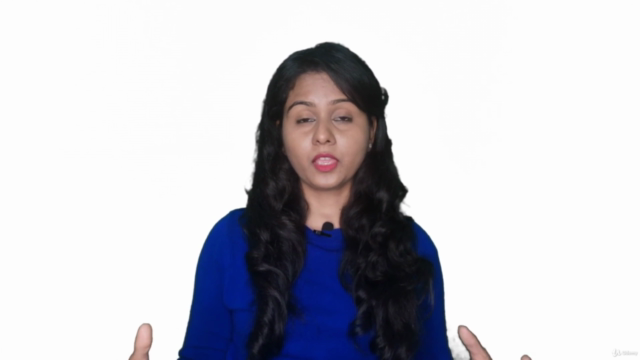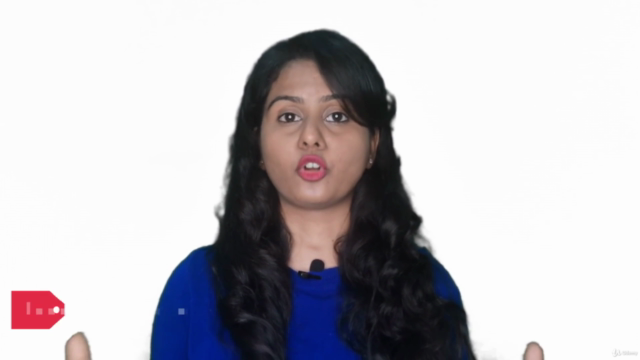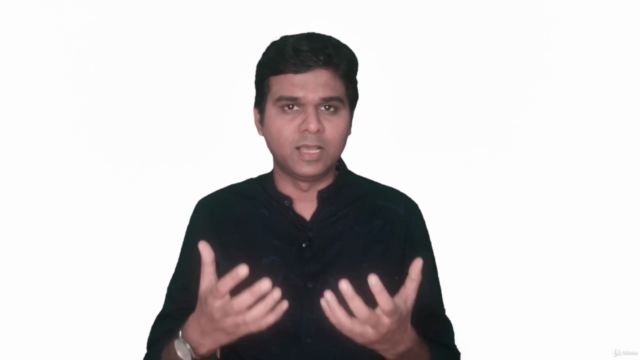Level 3 - Mutual Fund Investing Masterclass

Why take this course?
-
Fund Comparison
Introduction: When comparing mutual funds, it's important to evaluate them based on various criteria to determine which fund aligns best with your investment goals and risk tolerance.
Key Fund Parameters to Compare:
- Portfolio Turnover Ratio: Indicates how actively a fund manager is trading within the fund. A higher turnover could indicate more active management but also higher costs.
- Average Price-to-Earnings (P/E) Ratio: Measures the company's current market price relative to its earnings per share. A high P/E may suggest that a stock is overvalued, or it may reflect future growth prospects.
- Average Price-to-Book Value (P/BV) Ratio: Compares a company's market value to its book value. This can indicate whether a company might be undervalued or overvalued.
- Average Dividend Yield: Shows the return in dividends that investors may expect from holding the fund. It's expressed as a percentage based on the dividend per share divided by the price per share.
Practical Example: Compare two equity funds, Fund A and Fund B. If Fund A has a lower P/E and P/BV compared to Fund B but also has a lower dividend yield, it might indicate that Fund A invests in companies with potentially higher future growth at the expense of current dividends.
-
Equity Fund Costs
Introduction: Understanding the costs associated with investing in equity funds is crucial as they can significantly impact your returns over time.
Cost for the Investor: Includes expense ratios, sales loads (if applicable), and transaction fees. Cost of Managing the Fund: Covers management fees, administrative expenses, and other operational costs borne by the fund. Impact of Cost on Investor Returns: Higher costs reduce net returns. Over long investment horizons, even small differences in costs can lead to substantial differences in accumulated wealth.
Practical Example: If Fund A charges an expense ratio of 0.5% compared to Fund B's 2.5%, over a 20-year period, the difference in costs could be significant.
-
The Fund House Factsheet
Introduction: The fund house factsheet provides concise quarterly updates on the fund's performance and other key metrics.
How to Quickly Glance at the Factsheet: Look at the performance history, expense ratio, portfolio composition, and any changes in the fund's management or strategy. Having a Closer Look at Facts: Dive deeper into areas like asset allocation, sector allocations, top holdings, performance analysis with benchmarks, and recent purchases and sales.
Practical Example: Review the quarterly factsheet of Fund A to see how its performance has been compared to its benchmark, understand the changes in its portfolio composition, and assess the impact of recent transactions.
-
Fund/Scheme Information Document
Introduction: This document outlines important information about a fund's objectives, policies, risks, and costs, among other things.
Key Sections to Read in a Fund/Scheme Information Document:
- Statement of investment objective and policy
- Risks associated with investing
- Management fees and other expenses
- Distributions (dividends) policy
- Investment strategies
- Fund performance history and benchmarks
Practical Example: Before investing in Fund A, read its Scheme Information Document to understand the fund's investment strategy, associated risks, and costs.
-
Equity Fund Investment Options
Introduction: Equity funds offer different plans and options that can affect your returns and tax implications.
Plans (Regular / Direct): Regular plans include sales charges, while direct plans do not. Options (Growth / Dividend): Growth options re-invest dividends, while dividend options pay out income regularly.
Practical Example</straight: If you prefer potential long-term growth and are comfortable with market fluctuations, you might opt for a direct growth plan of Fund A over a regular dividend option.
-
Equity Fund Transactions
Initial Public Offer (IPO) and Follow-on Public Offers: If the fund has recently subscribed to an IPO or FPO, it may impact its portfolio and performance. Switching out of a fund: Understand why the fund manager might be selling certain holdings and what it could mean for the future of the fund. Systematic Investment Plan (SIP) and lump sum investments</straight: Analyze how these different modes of investment have influenced the fund's asset under management (AUM) and its strategy.
-
Dividend Policy
Introduction: A fund's dividend policy can affect both the returns you receive and the compounding potential of your investments.
Different Dividend Policies</straight: Payout, Accumulation, and Dividend Reinvestment Plans (DRIP).
Practical Example</straight: If you prefer a steady income from your investments, you might prefer Fund A's payout fund. If you're more interested in long-term growth, Fund B's accumulation fund that reinvests dividends could be more suitable.
-
Taxation of Equity Funds
Introduction: Understanding the tax implications of investing in equity funds is essential for effective financial planning.
Short-term and Long-term Capital Gains Tax (STCG & LTCG): STCG is taxed as per your income tax slab rate, while LTCG on equity funds is currently exempt up to INR 1 lakh per annum for the financial year 2021-22.
Practical Example</straight: If you have realized gains from Fund A exceeding INR 1 lakh, those gains will be subject to LTCG tax beyond the exemption limit.
-
Regulatory Framework and Compliance
Introduction: Mutual funds in India are regulated by the Securities and Exchange Board of India (SEBI). They must comply with various regulations designed to protect investors and ensure fair market practices.
Key Regulations</straight: SEBI's Investment Advisory regulations, Arbitrage and Income Funds guidelines, and other fund-specific compliance norms.
Practical Example</straight: Ensure that the equity funds you are considering comply with the latest regulations set by SEBI to avoid any potential issues in the future.
-
Exiting from an Equity Fund
Introduction: Knowing when and how to exit an equity fund is as important as the decision to invest.
Redemption Process: Understand the procedures for redeeming your units, including any notice periods and potential exit loads.
Practical Example</straight: If you decide to exit Fund A due to a change in your investment goals or risk tolerance, ensure you follow the fund's redemption process to avoid any additional costs or delays.
Remember, all investments should be made based on your individual financial situation, risk tolerance, and investment objectives. Always do thorough research and consider seeking advice from a certified financial planner or investment advisor before making any investment decisions.
Course Gallery




Loading charts...